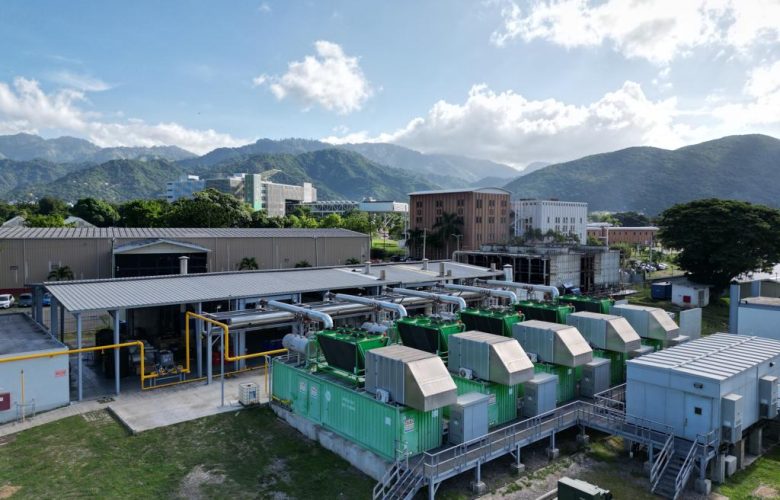Minigrids and Microgrids are popping up around the world. These grids are different from main power grids because they are small community energy entities that can function independently. According to the International Electrotechnical Commission:
“Microgrids are used by small residential or commercial consumers; minigrids are larger configurations, which can power large commercial outlets, universities, factories and even islands. Microgrids or minigrids can: complement the conventional power grid when electricity demand is high; maintain supply during a grid-outage and/or restore electricity supply faster; and, help remote communities gain access to a more reliable supply of sustainable electricity (https://www.iec.ch/energies/minigrids-microgrids, downloaded 1/3/23).
In some countries these grids are often relied upon in times of natural disasters, such as floods and earthquakes. Usually, a microgrid or minigrid can function with a grid or operate on its own with batteries, generators, electric vehicles and renewable resources like solar power. They can be of service to private areas such as universities, hospitals and businesses. (Microgrids – What Are They and How Do They Work? – N-Sci Technologies, n.d.).
Moreover, there are three common kinds of mini/microgrids. The first mini/microgrid is the remote. Otherwise called off-grid, remote microgrids only work in an island mode. They can be found in secluded areas because of the unavailability or expense of power grids. On the other hand, networked mini/microgrids carry many different distributed energy resources or microgrids that are joined from the same source and provide for numerous community locations. Also, networked mini/microgrids are referred to as nested mini/microgrids. An example of networked mini/microgrids is a smart city. The third mini/microgrid is called grid-connected mini/microgrids. It is physically attached to the utility grid. This type of mini/microgrid operates independently and offers services like frequency and voltage regulation to assist with voltage problems on the utility grid (3 Types of Microgrids Transforming the Industry | Blog, n.d.).
There are some advantages and disadvantages associated with mini/microgrids. The advantages are that they are affordable, eco-friendly and a safe alternative when there is an electrical failure. The disadvantages of mini/microgrids are that they can be destroyed during a natural disaster and there is the unreliability of paying back individuals who decide to sell unutilized electricity back to the grid.
References
3 Types of Microgrids Transforming the Industry | Blog. (n.d.). Duke Energy Sustainable Solutions. https://sustainablesolutions.duke-energy.com/resources/three-types-of-microgrids/
Microgrids – What Are They and How Do They Work? – N-Sci Technologies. (n.d.). https://nsci.ca/2019/11/08/microgrids-what-are-they-and-how-do-they-work/
Minigrids and Microgrids. https://www.iec.ch/energies/minigrids-microgrids
Pics: Sections of the minigrid at The University of the West Indies, Jamaica.




